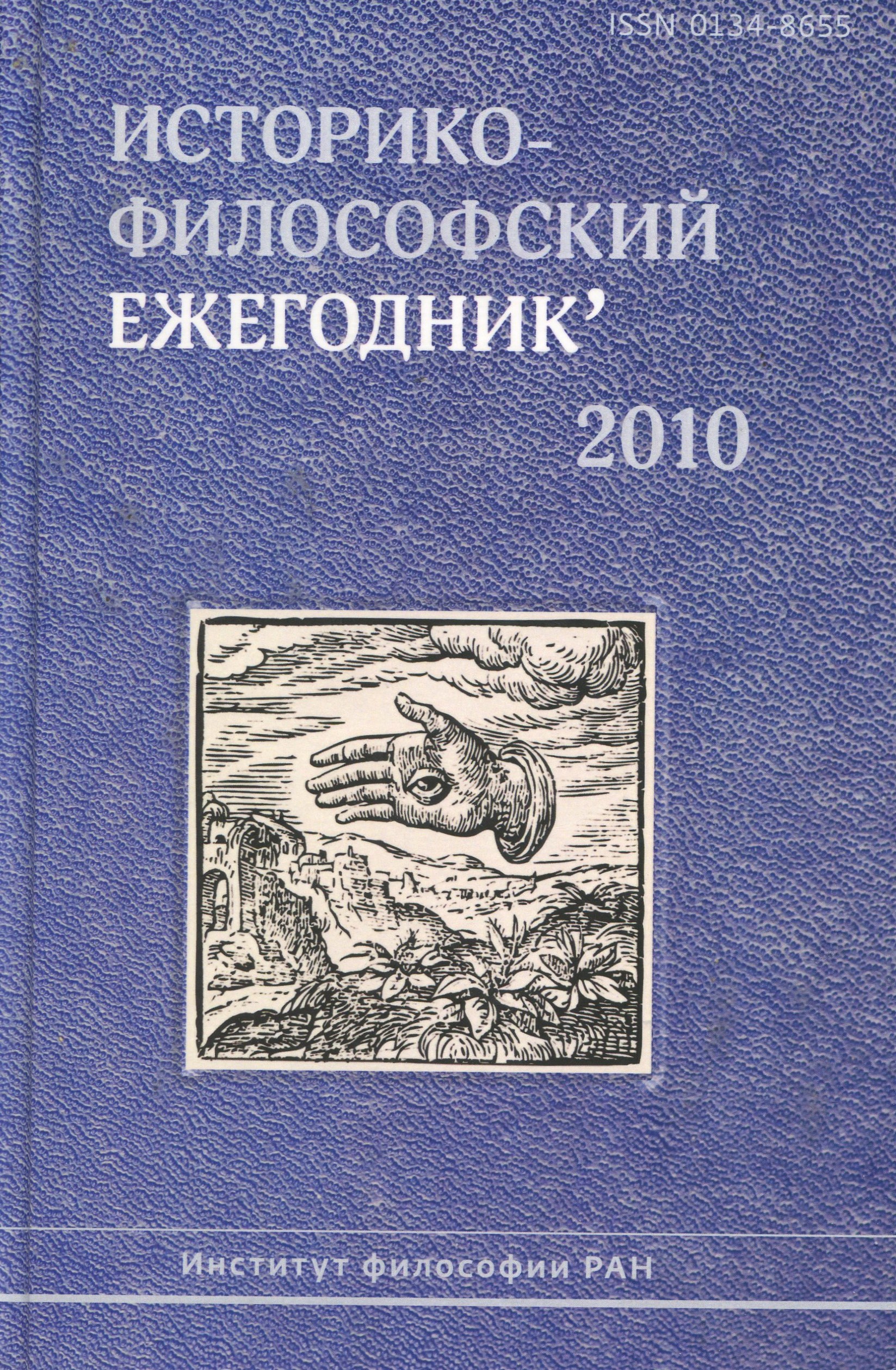China and Atomism
Keywords:
philosophy, China, sinology, atom, atomism, alphabet, hieroglyphics, Buddhism, Vaiśeşika, numerology, East, WestAbstract
This article represents the first generalized Russian research of all possible analogues of atomism in China and history of its penetration from abroad. Modern identifications of atom concept backed up with the terms from classical treatises: Mo-zi, Zhuang-zi, Guan-zi, Zhong yong are revised in detail, as well as the ancient ways of transfer of its Indian variant by the Chinese Buddhisist literature translators. The special attention is turned on the earliest text of the Indian traditional philosophical school Vaiśeşika, which came to our time only in the translation into Chinese language. This atomistic treatise is called in Sanskrit Daśapadārthaśāstra (Science of the Ten Categories), in Chinese Sheng-zong shi ju-yi lun (Shastra on the Ten Categories of Vaiśeşika / School of Winning [Judgements]) and included in the Chinese translation of the Buddhist Tripitaka. It demonstrates surprising parallels both with Platonic, and with оld Chinese numerology (the teaching about symbols and numbers)...

